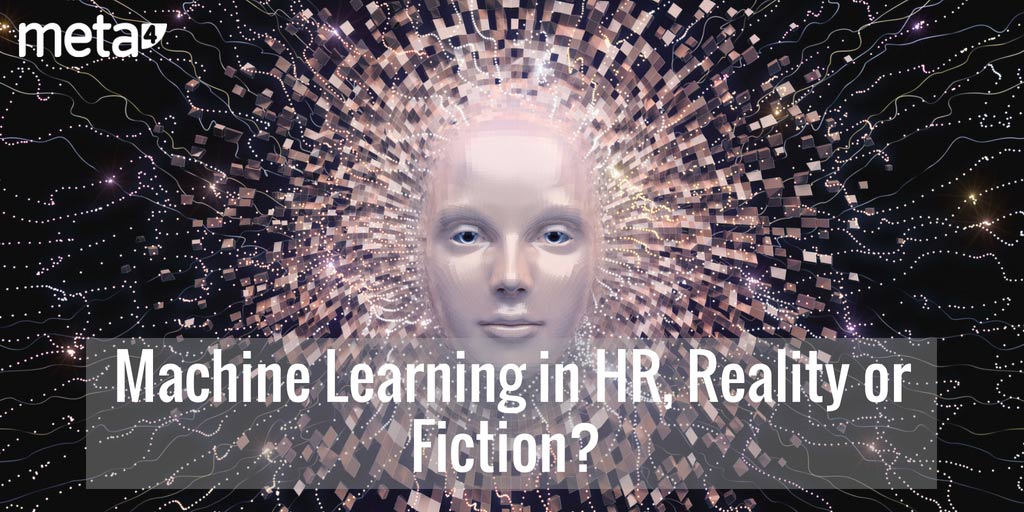By Jesús Muñoz Navas
Artificial Intelligence promises to be the next technological holy grail of our time—for some, perhaps the last one—and this has unleashed an intense race in innovation. The technology giants (Apple, Google, Facebook, Microsoft or Amazon) spend millions to establish themselves and progress in this field, but the battle is even more bitter among nations. China has drawn up a plan to position as a leader in global innovation by 2030 and has disclosed astronomical public and private investment figures in Artificial Intelligence. Rivalling them is the United States of course, but also other players like France, where Macron is promoting a national strategy to compete on this turf, setting aside a budget of 1500 million euros over the next 5 years to at least not straggle behind in the race.
Under these circumstances, the gurus shuffle between three positions: the alarmist as championed by Elon Musk, who warns of the dangers that may lead to rampant development in AI in a few years and calls for regulation; the enthusiast of the ilk like Marc Zuckerberg; and a third kind let’s call the realist, who warns that much has been exaggerated and misinterpreted about the real capabilities of Artificial Intelligence and that we do not have anything else on the table, at least in the short term, other than more powerful and more accessible techniques for advanced information analysis.
Surely there is some truth in each of these lines of thought, and each must seek the middle ground between these three poles, but it is evident that no matter the sector we work in, this is the time to ask the question: can AI truly contribute to my business?
In the HR world there are already clear lines of work where techniques like machine learning can represent a breakthrough: talent search and retention, the improvement of the employee experience in the company, or adaptation of people to teams or jobs. These are the fields in which such new tools can help us get much more useful and accurate answers. Plus, this brings us to the next question: Where do we start?
Data, quality data, this is the first essential requirement. If we want to better understand, for instance, what employee experience is like in our company, the first thing to do is to make sure that we are storing really relevant data on the company: we need accurate, digitized information on employee turnover, employee satisfaction, feedback processes we implemented (performance appraisals, one to one, coaching …), and more. Once we have correctly established the data sources, it will be necessary to assure their quality through data integrity validation processes that allow us to discard repeated, inconsistent, or outdated data. There are sources (https://becominghuman.ai/bad-data-is-ruining-machine-learning-heres-how-to-fix-it-31ae9f4cef3f) that claim only 25% of companies that are beginning to invest in such information analysis initiatives actually manage to improve their earnings, mostly because they base their analysis on low quality data. IBM estimates that this is costing, just for American companies alone, more than 3,000 million dollars annually.
Let’s assume we already have a strategy good enough for collecting and processing data, obviously what comes next is financing. This type of project involves time, investment in profiles that most assuredly we will not find among our staff, and tools, mainly software ones. Introducing techniques such as machine learning or deep learning into the company’s decision-making processes will not be successful if we try to manage it like yet another project.
The next step is people. According to Glassdoor, the most valued and best paid profession in the United States for the last 3 years has been that of the data scientist. This is what we will need, but what exactly is a data scientist? Personally, I really like the definition Josh Wills provides for a data scientist as “someone who is better at software engineering than any statistician and better at statistics than any software engineer.”
This new profession arises from crossing Computing with Statistics, in fact, Spain in recent years has seen double degrees emerge Computer Science and Mathematics or Computer Science and Statistics (Autonomous University of Madrid, Granada, Polytechnic of Madrid, Polytechnic of Catalonia, University of Valladolid …). These are probably the most rigorous source of training for this new kind of professional. In addition to this, there are many postgraduate courses, online courses, and more, for further specialization in the field mostly for software engineers. For the time being, what must be clear is that these are scarce and well-paid professionals, especially the good ones.
And finally, there are the software tools to work with, some open source and other terribly expensive ones. The advent of these new tools has been one of the great recent advances popularizing machine learning: TensorFlow (Google), Amazon Machine Learning, Microsoft CNTK, Torch (Twitter, Facebook) and many others. The ecosystem for information processing tools has literally exploded in recent years: frameworks, algorithms, libraries, integrations with all kinds of software—everything required to do things industrially that a few years ago was only kept within the research field
After all this, is it worthwhile investing all the effort and money required in a strategy to bring machine learning into our processes? Is it so important to exploit the information we have in such a sophisticated manner? Yes, absolutely, information is the great tool of our time; the complexity of today’s environments means that any decision we make not based on the right data is a gamble rather than a strategy. In the words of the engineer and statistician Deming, “In God we trust; all others bring data.”






